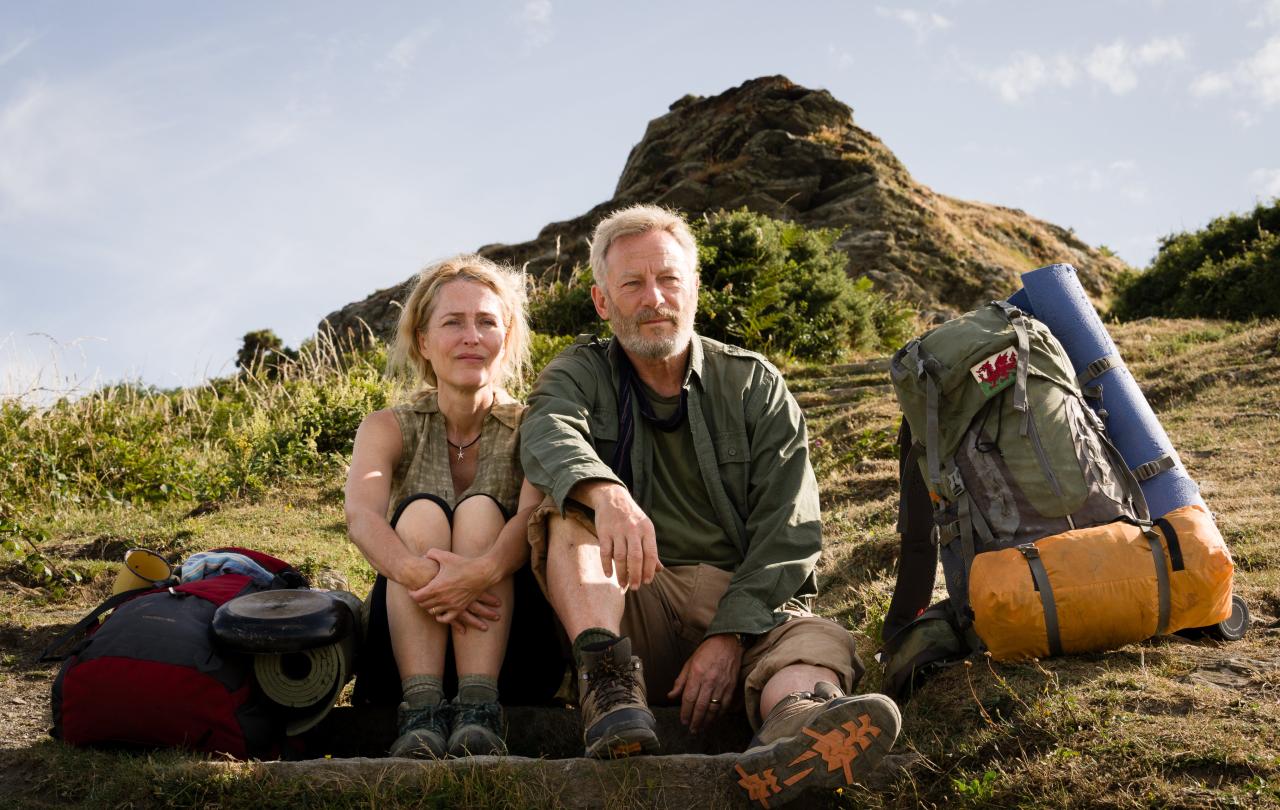
Rates of diagnoses for autism and ADHD are at an all-time high, whilst NHS funding remains in a perpetual state of squeeze. In this context, consultant neurologist Suzanne O’Sullivan, in her recent book The Age of Diagnosis, asks a timely question: can getting a diagnosis sometimes do more harm than good? Her concern is that many of these apparent “diagnoses” are not so much wrong as superfluous; in her view, they risk harming a person’s sense of wellbeing by encouraging self-imposed limitations or prompting them to pursue treatments that may not be justified.
There are elements of O-Sullivan’s argument that I am not qualified to assess. For example, I cannot look at the research into preventative treatments for localised and non-metastatic cancers and tell you what proportion of those treatments is unnecessary. However, even from my lay-person’s perspective, it does seem that if the removal of a tumour brings peace of mind to a patient, however benign that tumour might be, then O’Sullivan may be oversimplifying the situation when she proposes that such surgery is an unnecessary medical intervention.
But O’Sullivan devotes a large proportion of the book to the topics of autism and ADHD – and on this I am less of a lay person. She is one of many people who are proposing that these are being over diagnosed due to parental pressure and social contagion. Her particular concern is that a diagnosis might become a self-fulfilling prophecy, limiting one’s opportunities in life: “Some will take the diagnosis to mean that they can’t do certain things, so they won’t even try.” Notably, O’Sullivan persists with this argument even though the one autistic person whom she interviewed for the book actually told her the opposite: getting a diagnosis had helped her interviewee, Poppy, to re-frame a number of the difficulties that she was facing in life and realise they were not her fault.
Poppy’s narrative is one with which we are very familiar at the Centre for Autism and Theology, where our team of neurodiverse researchers have conducted many, many interviews with people of all neurotypes across multiple research projects. Time and time again we hear the same thing: getting a diagnosis is what helps many neurodivergent people make sense of their lives and to ask for the help that they need. As theologian Grant Macaskill said in a recent podcast:
“A label, potentially, is something that can help you to thrive rather than simply label the fact that you're not thriving in some way.”
Perhaps it is helpful to remember how these diagnoses come about, because neurodivergence cannot be identified by any objective means such as by a blood test or CT scan. At present the only way to get a diagnosis is to have one’s lifestyle, behaviours and preferences analysed by clinicians during an intrusive and often patronising process of self-disclosure.
Despite the invidious nature of this diagnostic process, more and more people are willing to subject themselves to it. Philosopher Robert Chapman looks to late-stage capitalism for the explanation. Having a diagnosis means that one can take on what is known as the “sick role” in our societal structures. When one is in the “sick role” in any kind of culture, society, or organisation, one is given social permission to take less personal responsibility for one’s own well-being. For example, if I have the flu at home, then caring family members might bring me hot drinks, chicken soup or whatever else I might need, so that I don’t have to get out of bed. This makes sense when I am sick, but if I expected my family to do things like that for me all the time, then I would be called lazy and demanding! When a person is in the “sick role” to whatever degree (it doesn’t always entail being consigned to one’s bed) then the expectations on that person change accordingly.
Chapman points out that the dynamics of late-stage capitalism have pushed more and more people into the “sick role” because our lifestyles are bad for our health in ways that are mostly out of our own control. In his 2023 book, Empire of Normality, he observes,
“In the scientific literature more generally, for instance, modern artificial lighting has been associated with depression and other health conditions; excessive exposure to screen time has been associated with chronic overstimulation, mental health conditions, and cognitive disablement; and noise annoyance has been associated with a twofold increase in depression and anxiety, especially relating to noise pollution from aircraft, traffic, and industrial work.”
Most of this we cannot escape, and on top of it all we live life at a frenetic pace where workers are expected to function like machines, often subordinating the needs and demands of the body. Thus, more and more people begin to experience disablement, where they simply cannot keep working, and they start to reach for medical diagnoses to explain why they cannot keep pace in an environment that is constantly thwarting their efforts to stay fit and well. From this arises the phenomenon of “shadow diagnoses” – this is where “milder” versions of existing conditions, including autism and ADHD, start to be diagnosed more commonly, because more and more people are feeling that they are unsuited to the cognitive, sensory and emotional demands of daily working life.
When I read in O’Sullivan’s book that a lot more people are asking for diagnoses, what I hear is that a lot more people are asking for help.
O’Sullivan rightly observes that some real problems arise from this phenomenon of “shadow diagnoses”. It does create a scenario, for example, where autistic people who experience significant disability (e.g., those who have no perception of danger and therefore require 24-hour supervision to keep them safe) are in the same “queue” for support as those from whom being autistic doesn’t preclude living independently.
But this is not a diagnosis problem so much as a society problem – health and social care resources are never limitless, and a process of prioritisation must always take place. If I cut my hand on a piece of broken glass and need to go to A&E for stiches, I might find myself in the same “queue” as a 7-year-old child who has done exactly the same thing. Like anyone, I would expect the staff to treat the child first, knowing that the same injury is likely to be causing a younger person much more distress. Autistic individuals are just as capable of recognising that others within the autism community may have needs that should take priority over their own.
What O’Sullivan overlooks is that there are some equally big positives to “shadow diagnoses” – especially as our society runs on such strongly capitalist lines. When a large proportion of the population starts to experience the same disablement, it becomes economically worthwhile for employers or other authorities to address the problem. To put it another way: If we get a rise in “shadow diagnoses” then we also get a rise in “shadow treatments” – accommodations made in the workplace/society that mean everybody can thrive. As Macaskill puts it:
“Accommodations then are not about accommodating something intrinsically negative; they're about accommodating something intrinsically different so that it doesn't have to be negative.”
This can be seen already in many primary schools: where once it was the exception (and highly stigmatised) for a child to wear noise cancelling headphones, they are now routinely made available to all students, regardless of neurotype. This means not only that stigma is reduced for the one or two students who may be highly dependent on headphones, but it also means that many more children can benefit from a break from the deleterious effects of constant noise.
When I read in O’Sullivan’s book that a lot more people are asking for diagnoses, what I hear is that a lot more people are asking for help. I suspect the rise in people identifying as neurodivergent reflects a latent cry of “Stop the world, I want to get off!” This is not to say that those coming forward are not autistic or do not have ADHD (or other neurodivergence) but simply that if our societies were gentler and more cohesive, fewer people with these conditions would need to reach for the “sick role” in order to get by.
Perhaps counter-intuitively, if we want the number of people asking for the “sick role” to decrease, we actually need to be diagnosing more people! In this way, we push our capitalist society towards adopting “shadow-treatments” – adopting certain accommodations in our schools and workplaces as part of the norm. When this happens, there are benefits not only for neurodivergent people, but for everybody.
Support Seen & Unseen
Since Spring 2023, our readers have enjoyed over 1,500 articles. All for free.
This is made possible through the generosity of our amazing community of supporters.
If you enjoy Seen & Unseen, would you consider making a gift towards our work?
Do so by joining Behind The Seen. Alongside other benefits, you’ll receive an extra fortnightly email from me sharing my reading and reflections on the ideas that are shaping our times.
Graham Tomlin
Editor-in-Chief





